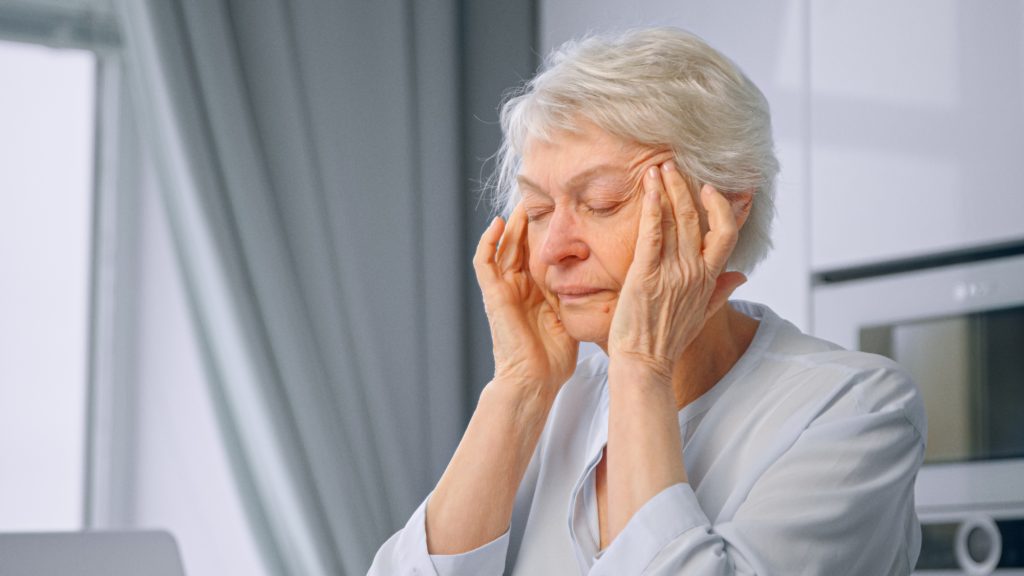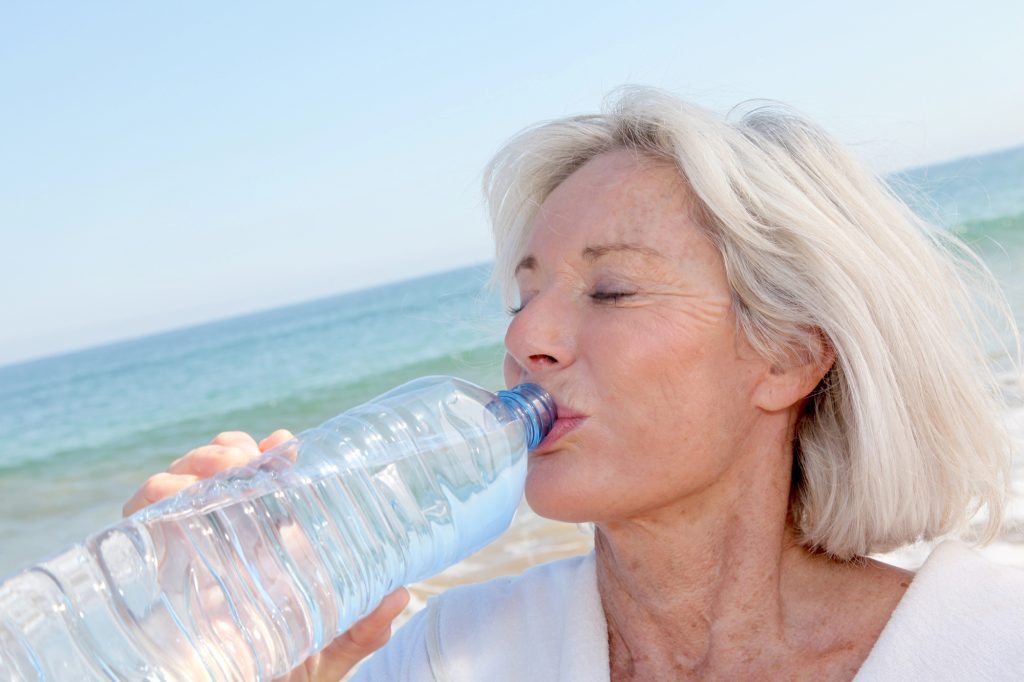Headaches can be more than just an inconvenience; for many, they are a recurring issue that can disrupt daily life. While they are common, they can often point to deeper issues within the body, such as problems with blood flow or other medical conditions. Oriental medicine offers unique insights into understanding and treating these symptoms by addressing their root causes rather than just masking them.
If this is an issue for you, you can learn how to identify different types of headaches along with their possible causes. There are natural ways to relieve headaches that will help you reclaim your day and reduce their frequency and severity.
Dr. Gala’s Quick Take
Yes, natural ways to relieve headaches include drinking water, resting in a quiet room, or applying a cool compress. These methods can help ease pain without medication.
Understanding Headaches Through Oriental Medicine

Oriental medicine looks at these issues from a holistic perspective, linking their location and nature to specific internal imbalances. Here are a few common types and their possible origins:
Temple Area Pain
Pain located on the sides of the head often relates to the liver or gallbladder. This might suggest issues like eye strain or problems processing fats, pointing to liver toxicity. It can also cause muscle tension or sensitivity to light, which are common symptoms of tension-type headaches.
Forehead Pain
Discomfort centered around the forehead often indicates digestive issues. According to oriental medicine, this location is associated with the stomach or spleen. For some, this could mean that digestive distress is the root cause. Another possible cause is changes in blood pressure. Sinus headaches may also cause pressure around the forehead and eyes.
Base of the Skull Pain (Occiput)
Pain at the base of the skull is often linked to stress and is referred to in oriental medicine as a “kidney/bladder” headache. These are typically more systemic and frequently related to dehydration or an overload of stress, contributing to tension headaches or even cluster headaches.
Identifying The Types Of Headache
Understanding the type of pain — whether it’s dull or sharp, mild or severe — can provide further clues to its underlying cause. For example, the National Institute of Neurological Disorders and Stroke (NINDS) provides extensive information on different types of headaches, including migraines, tension-type headaches, and cluster headaches, as well as their potential triggers and symptoms.
Migraine Headaches
These are often characterized by severe pain, sensitivity to light, and sometimes nausea. They may be triggered by specific migraine triggers such as certain foods, bright lights, or caffeine withdrawal.
Tension-Type Headaches
These are often caused by muscle tension in the shoulder muscles or neck and can range from moderate to severe pain. They are a common type of headache and can often be managed with relaxation techniques like deep breathing or gentle massage therapy.
Cluster Headaches
Known for their intense, severe pain, these headaches occur in cycles and are less common. Treatment options may include medications, oxygen therapy, or lifestyle adjustments to manage triggers.
Natural Remedies for Relief

Here are some natural treatments and lifestyle modifications that can help manage and relieve pain:
- Stay Hydrated: Drinking enough high-quality water (distilled, spring, or reverse osmosis) can help prevent dehydration-related issues, especially those centered around the base of the skull. Proper hydration improves blood flow and reduces the risk of frequent headaches.
- Manage Eye Strain: Pain in the temple area may be due to eye strain, especially from prolonged screen use. Using blue light-blocking glasses and reducing screen time, especially in the evening, can alleviate discomfort. Taking regular breaks and doing eye exercises can also be beneficial.
- Consider Chiropractic Care and Physical Therapy: Misalignment of the vertebrae, known as subluxation, can cause pain … especially headaches. Chiropractic adjustments or physical therapy can offer immediate relief, especially for tension-type headaches related to muscle spasms.
- Adjust Your Diet: Certain foods or additives can trigger symptoms. Avoiding common triggers such as dairy, alcohol, sugar, yeast, and gluten — what I refer to as the “Fierce 5” — can help reduce the frequency and severity of migraine symptoms and other triggers.
- Moderate Caffeine Intake: While caffeine can relieve some symptoms, over-reliance can lead to withdrawal, causing more discomfort. Gradually reducing caffeine intake may help break the cycle and reduce chronic headaches.
- Regular Exercise: Engaging in gentle aerobic exercises like walking, cycling, or swimming can improve blood circulation and reduce the frequency of tension-type headaches and migraine headaches. Physical activity helps release endorphins, which are natural pain relievers.
- Use Heat or Cold Therapy: Applying a warm compress or heating pad can soothe muscle tension and improve circulation, while cold therapy with ice packs can numb the pain and reduce inflammation, providing relief for severe headaches.
- Practice Relaxation Techniques: Deep breathing, meditation, or yoga can help manage stress, a common trigger for headaches. Regular practice can lower blood pressure, reduce muscle tension, and help prevent rebound headaches.
- Keep a Headache Diary: Track symptoms, triggers, and relief methods to identify patterns and develop an effective treatment plan. This can help manage frequent headaches by finding the best natural treatments for the trigger.
When to Seek Medical Attention
While many headaches can be managed with natural remedies, some may indicate more serious conditions. A sudden, severe headache that differs from your usual pattern or one that escalates quickly could require professional medical care. Conditions like head injury, heart disease, or infections can cause severe pain and should not be ignored.
Take Your Symptoms Seriously

These symptoms should not be ignored or suppressed with pain medications without understanding their cause. Frequent or severe pain often indicates a deeper problem, whether related to stress, diet, or other health issues. Addressing the root cause is crucial to prevent further complications.
Taking a proactive approach with natural treatments, including thoughtful lifestyle changes, can make managing a symptom like headaches much easier. The treatment will be more effectively and improve overall well-being.
Key Takeaway
- Headaches can signal underlying health issues, and understanding their type, location, and nature can help identify their root causes.
- Addressing them with natural remedies and lifestyle changes, rather than medication, can provide long-term relief.
- Listening to your body’s signals and making informed changes can improve overall well-being while reducing their frequency and severity.
Final Thoughts
Discomfort related to pain … especially headaches … can disrupt your life and signal that your body is dealing with stress or toxicity. Remember, your body is constantly communicating with you. Symptoms are one of the ways it does that. Take its messages seriously, and you’ll be better equipped to maintain your health and well-being through midlife and beyond.
Your journey to a healthier, symptom-free life starts with understanding and making small, manageable changes today.
“If you came into my office, I’d ask you a lot of questions that would help us connect the dots … so that together we can deal with your toxic stress.
Every situation is unique and you need a plan that works for you. Not a one-size-fits-all solution.
If you’re thinking you can’t come into my office, don’t worry. I’ve created a program with all of my initial recommendations to help you unravel the mystery. You can use it at home and at your convenience.
So if you’re thinking that managing chronic stress just isn’t possible … or even the answer … for you, I want to show you what you may be missing.
And how you can identify the toxic stressors that are creating your symptoms with my Human Energy System Reboot. You can get started HERE.” – Dr. Gala







